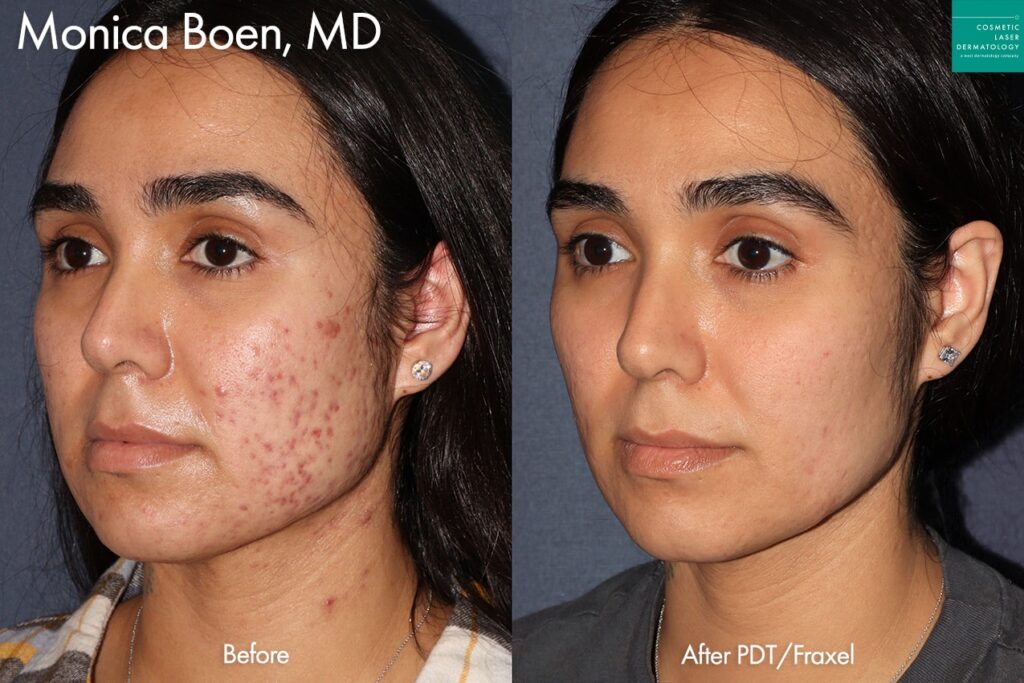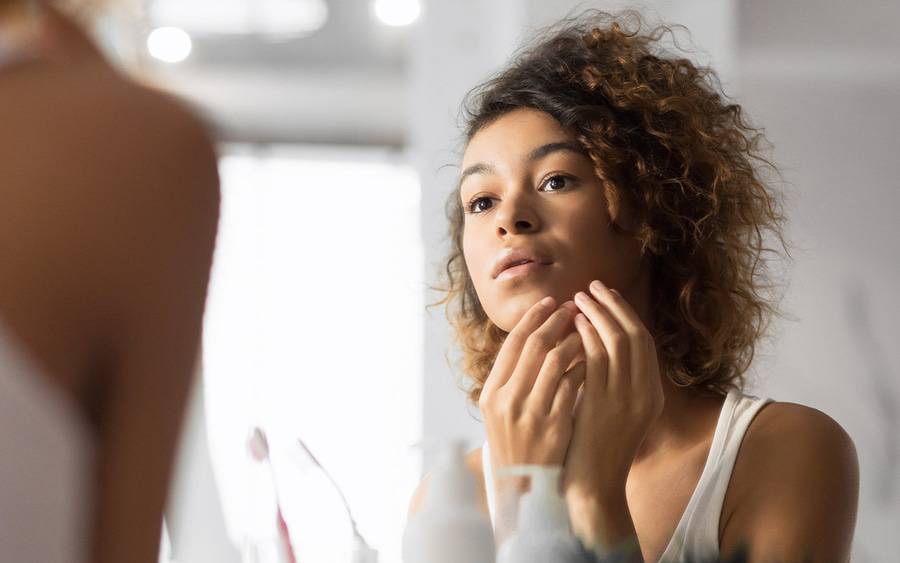Skin Rejuvenation Treatments: Rejuvenate Your Skin and Decrease Acne Scars
Skin Rejuvenation Treatments: Rejuvenate Your Skin and Decrease Acne Scars
Blog Article
Recognizing the Various Skin Conditions and Efficient Therapy Alternatives for Acne Marks
Acne marks stand for an intricate interplay of skin disease that significantly effect individuals' self-esteem and total skin health. Recognizing the distinctive kinds of acne marks-- atrophic and hypertrophic-- alongside their underlying reasons, is essential for identifying efficient treatment methods. Numerous therapeutic options exist, ranging from sophisticated dermatological procedures to all-natural treatments. However, the effectiveness of these treatments commonly rests on tailored assessments by qualified professionals. As we discover the landscape of acne scar management, it becomes obvious that the trip towards more clear skin might include greater than just topical remedies.
Sorts Of Acne Marks

On the other hand, hypertrophic scars result from an overproduction of collagen during the recovery process, resulting in elevated locations on the skin. These marks are frequently strong and can vary in shade, often showing up red or darker than the bordering skin.
Understanding these sorts of acne scars is critical for establishing an effective therapy plan - acne scars. Alternatives may include chemical peels, laser therapy, microneedling, or facial fillers, customized to the certain mark kind. A complete assessment with a dermatologist can aid determine one of the most suitable intervention, taking into account the person's skin kind, scar seriousness, and overall skin wellness
Sources Of Acne Scarring
Marking occurs as an outcome of the body's all-natural recovery response to inflammation and injury triggered by acne sores. When acne kinds, it causes an inflammatory reaction, bring about the launch of various cytokines and development aspects that advertise healing. Nevertheless, this process can often bring about extreme cells formation or inadequate fixing, causing marks.
The primary causes of acne scarring consist of the seriousness of the acne itself, period of the sores, and individual skin types. Serious inflammatory acne, such as blemishes and cysts, is most likely to cause scarring as a result of deeper tissue damages. Additionally, inappropriate handling of acne sores, such as squeezing or choosing, can intensify cells injury and swelling, raising the possibility of scarring.
Hereditary proneness additionally plays a significant function; individuals with a family background of scarring go to a greater danger. Additionally, skin type and shade can influence mark formation, as darker skin tones might experience post-inflammatory hyperpigmentation, while lighter skin might create atrophic scars.
Eventually, comprehending these causes is crucial in handling acne and reducing the capacity for scarring.

Treatment Options for Scarring
Effective therapy choices for acne scarring differ depending upon the kind and seriousness of the marks. Usually categorized into atrophic, hypertrophic, and keloid scars, these problems require customized approaches for optimal results.
For atrophic marks, which are characterized by a loss of cells, treatments such as chemical peels, microdermabrasion, and laser therapy are typically used. These approaches advertise skin revival and boost collagen production, thereby improving skin structure. Subcision, a minimally invasive procedure, can additionally work by damaging up coarse bands beneath the skin.
Keloid and hypertrophic marks can be more challenging to treat. Choices consist of corticosteroid injections to decrease inflammation and squash the scars. In many cases, cryotherapy or laser therapy may be suggested to decrease their appearance.
Surgical options are available for serious scarring, where excision or skin grafting might be essential. It's essential for individuals to talk to a dermatologist to evaluate their particular mark type and talk about the most appropriate therapy plan. Incorporating several therapies often generates the very best outcomes, making sure that each person's distinct skin problem is dealt with successfully.
Natural Home Remedy and Natural Solutions
Natural solutions and natural remedy can provide an available strategy for people looking for to improve the appearance of acne scars (acne and acne scars treatment). Different components found in the home kitchen have demonstrated prospective advantages in improving skin structure and promoting recovery

An additional efficient option is lemon juice, which works as an all-natural exfoliant and can lighten hyperpigmentation. Nonetheless, it should be utilized meticulously, as it may cause photosensitivity. Oat meal masks are also beneficial; their gentle peeling can aid get rid of dead skin cells while relaxing irritability.
Important oils, such as tea tree oil and lavender oil, can further sustain mark healing as a result of their antimicrobial buildings. It is crucial to perform a spot test prior to using any type of treatment to guarantee there are no damaging reactions. These all-natural solutions can be a corresponding strategy in the journey to lessen acne marks.
Protecting Against Future Scarring
Embracing a proactive strategy to skincare can dramatically reduce the risk of developing future acne scars. One of the key methods is to handle acne successfully as it occurs. This includes using non-comedogenic skin care products and drugs recommended by dermatologists that target acne without irritating the skin. Regular cleaning, exfoliation, and hydration can aid maintain skin wellness and avoid clogged pores.
In addition, preventing the lure to select or squeeze acne lesions is crucial, as this can result in inflammation and subsequent scarring. Rather, people ought to concentrate on applying topical treatments that promote recovery and minimize swelling. Ingredients such as salicylic acid, benzoyl peroxide, and retinoids are understood for their effectiveness in taking care of acne and decreasing marks.
Sun defense is an additional crucial component; direct exposure to UV rays can restrain and dim marks recovery. For that reason, making use of a broad-spectrum sun block daily can minimize these results - acne and acne scars treatment.
Lastly, keeping a healthy diet plan rich in antioxidants and remaining moisturized assistances skin regeneration. By applying these a knockout post preventative procedures, people can considerably reduce their risk of future scarring and advertise general skin health and wellness.
Conclusion
In verdict, an extensive understanding of acne marks, encompassing both hypertrophic and atrophic types, is necessary for efficient therapy strategies. Customized pop over here interventions, consisting of professional therapies and natural remedy, can substantially improve skin appearance and structure. Precautionary procedures additionally play a critical role in decreasing future scarring. Appointment with a dermatologist stays essential to design personalized techniques that consider specific skin kinds and scar intensity, eventually improving the efficiency of scar management methods.
Acne marks represent a complex interaction of skin problems that dramatically influence people' self-confidence and total skin health and wellness. The 2 main classifications of acne scars are atrophic and hypertrophic scars. These marks are further categorized right into 3 subtypes: ice pick marks, which are narrow and deep; boxcar marks, which are larger and have well-defined edges; and rolling scars, which develop a wave-like look due to unequal skin appearance.
A comprehensive assessment with a skin doctor can help determine the most ideal intervention, taking into account the individual's skin type, scar extent, and total skin health.
Appointment with a skin doctor stays necessary to design individualized approaches that consider individual skin types and mark extent, inevitably boosting the effectiveness of scar monitoring techniques.
Report this page